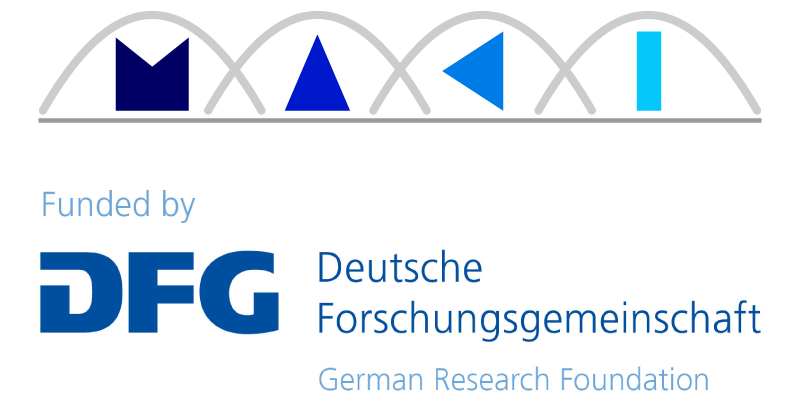The research of subproject X3 aims to address infrastructure failures regarding their perception by different stakeholders as well as the deduction of requirements for technical parameters to trigger technical transitions in a proactive way. Only a few works so far have examined awareness, behavior, and communication during the failure, including complete breakdowns and deviations, of a critical infrastructure. Typically, infrastructures are taken for granted by users and they only notice the underlying infrastructure when the supply fails, then becoming aware of their dependency on it in their daily lives. One example we have investigated was the breakdown of the landline and mobile phone network in the area of Siegen in 2013, where more than 500,000 telephone connections were unusable for several hours and occasionally several days. Because communication infrastructure and electricity have become indispensable in everyday life, there is a strong dependency on an intact supply infrastructure. By emphasizing a functioning electricity supply and by not taking possible consequences into consideration, the potential threat is underestimated.
Published research focuses on the complex effects and management of infrastructure failures, their continuity and the resilience of the affected population. Even though there have been studies on how emergency institutions, such as the police and fire departments, communicate and react to infrastructure failures, civilian communication and continuity maintenance, especially in Central Europe, has not been widely examined. For example, it is not well researched to which extent publics in these areas are informed about their local infrastructures and measures taken during an infrastructure failure, especially alternative infrastructures. Also, which type of information the public expects the CI operator to deliver and by which means requires a closer look. Furthermore, although existing civil protection apps offer features for the preparation, communication and warning of citizens during emergencies or infrastructure breakdowns, there is a lack of documented experiences or scientific surveys about their actual use as well as their reliability and robustness during critical infrastructure failures.
In five work packages, subproject X3 investigates the perception of infrastructure failures by multiple stakeholders, including authorities and citizens, and how technical transitions may support the reliability and robustness of (multi-channel) warning and information systems during specific infrastructure failures, such as telecommunication and network failure. The approach is organized as a design case study which firstly comprises a pre-study to examine social practices as well as existing tools, media and their usage in a specific domain, secondly the design of innovative ICT artefacts using methods of human-computer interaction (HCI) as well as thirdly the documentation and evaluation of the ICT artefacts’ introduction, appropriation, and potential redesign.
To address this, infrastructure failures will be research empirically using the exploratory sequential design of mixed-method research. Qualitative empirical studies and representative quantitative studies will be conducted to collect and analyze data on how different stakeholder perceive infrastructure failures. Furthermore, workshops with MAKI experts will be conducted to design use cases and to test existing MAKI applications and services with end-users from the perspective of HCI. Taking the empirical results into account, the aim is secondly to deduce technical parameters that are aligned with stakeholder needs and perceptions to trigger technical transitions in a proactive way. Finally, HCI demonstrators for the warning and information of the population will be developed enabling the evaluation of different applications and services with end users regarding their reliability, robustness and usability.



